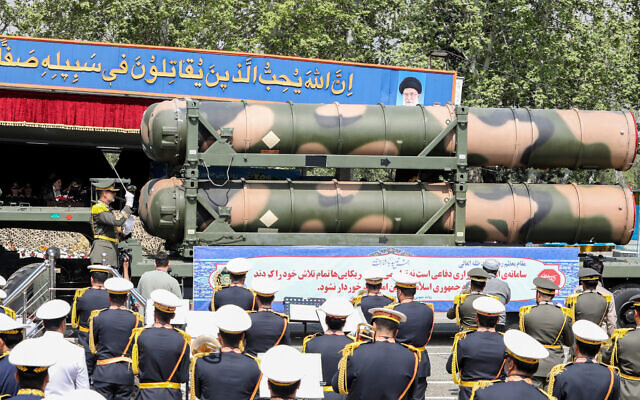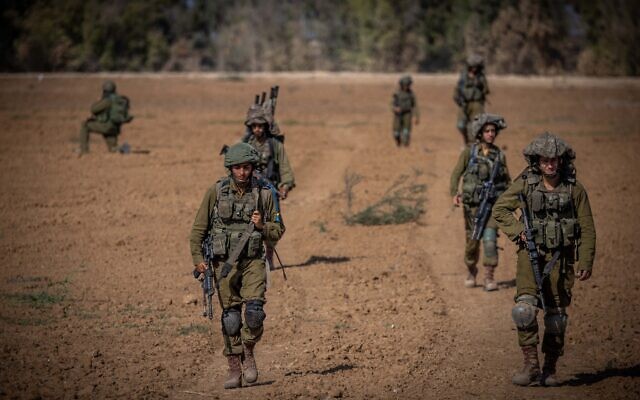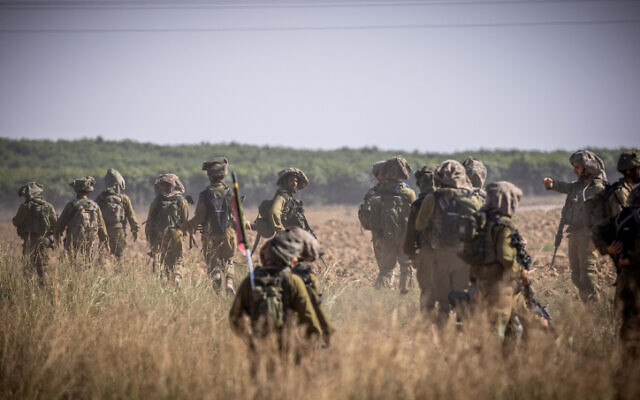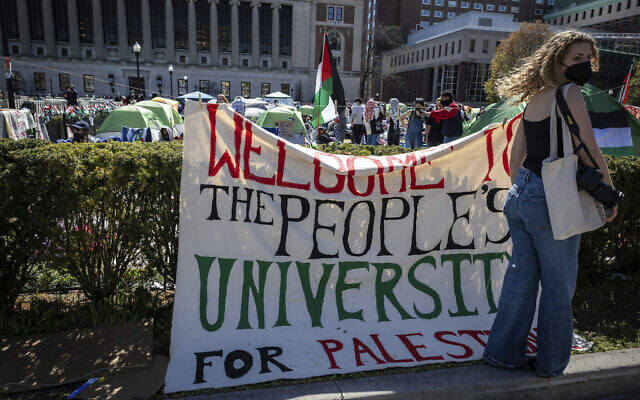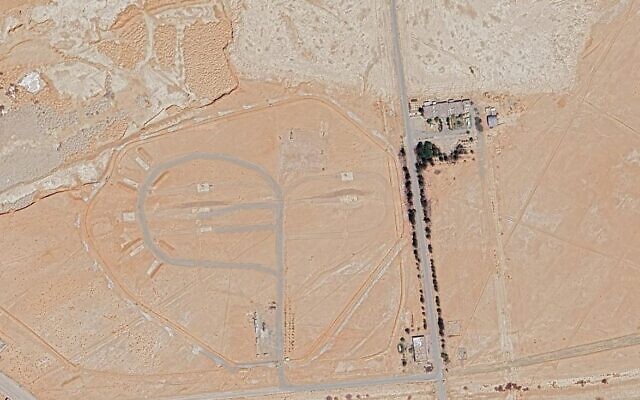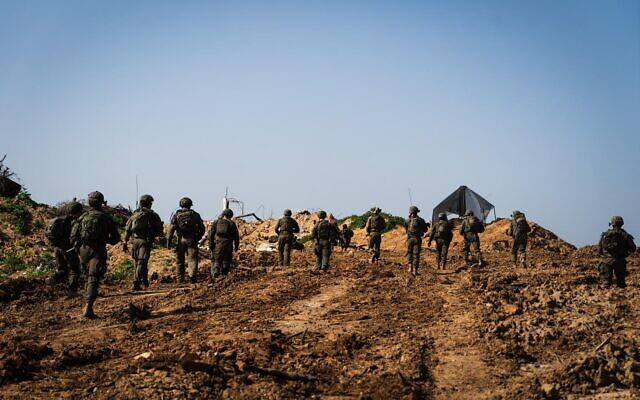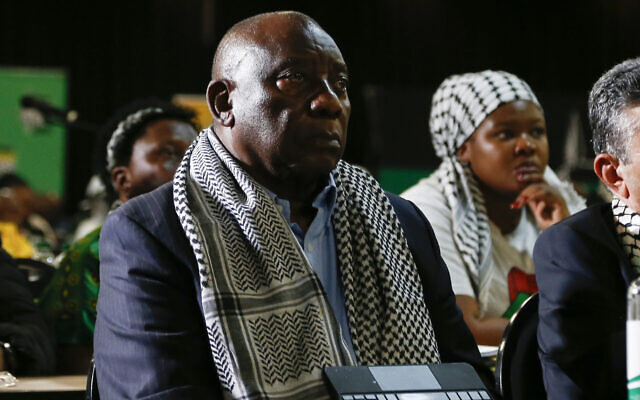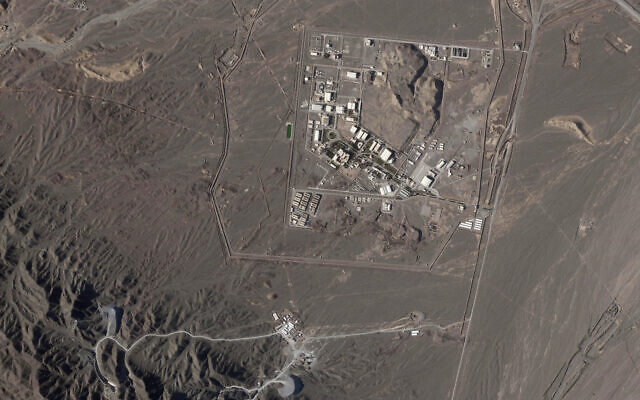Palestinian Islamic Jihad is smaller than Hamas, but boasts equal arsenal
Gaza terror group has become the driving force in confrontations with Israel, enjoys direct backing from Iran
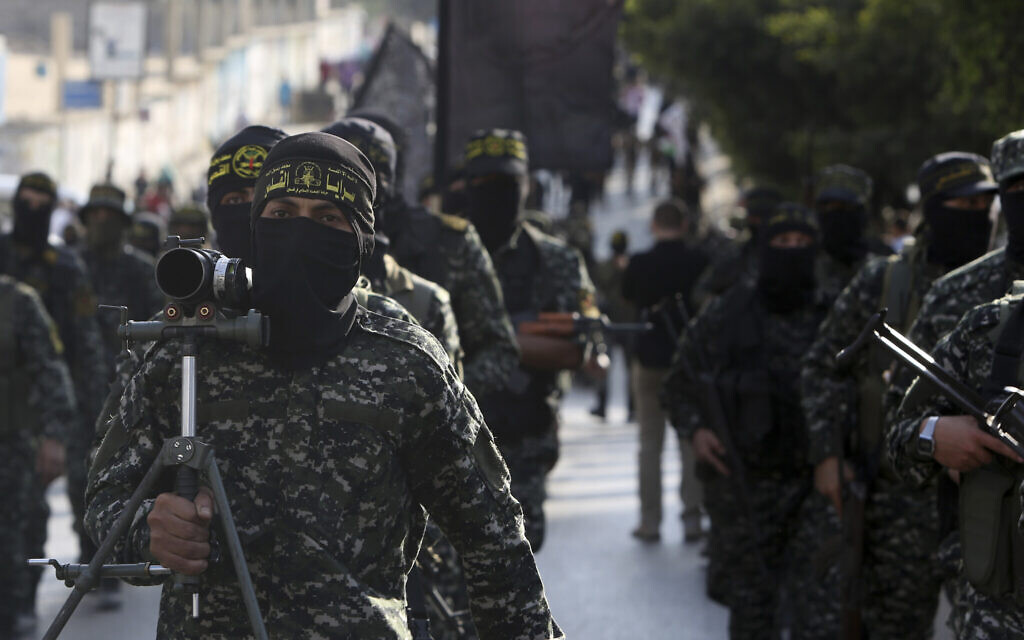
An Israel airstrike in the Gaza Strip has killed Baha Abu al-Ata, a senior leader of Islamic Jihad, setting off well over 100 rocket strikes from Gaza at Israeli civilian centers and retaliatory IDF airstrikes.
Israeli officials described Abu al-Ata as the mastermind of recent attacks against Israel and the organization’s top commander in Gaza.
Tuesday’s violence marked the latest in a long history of fighting between Israel and the Iranian-backed terrorist group.
Here’s a look at the Islamic Jihad movement:
Second fiddle to Hamas
Islamic Jihad is the smaller of the two main Palestinian terrorist groups in the Gaza Strip and is vastly outnumbered by the ruling Hamas movement. But it enjoys direct Iranian backing, both financially and militarily, and has become the driving force in rocket fire and confrontations with Israel.
Hamas, which seized control of Gaza in 2007 from the internationally recognized Palestinian Authority, is often limited in its ability to act because it bears responsibility for running the day-to-day affairs of the impoverished territory. Islamic Jihad has no such considerations, and has emerged as the more aggressive faction, occasionally even undermining Hamas’s authority.
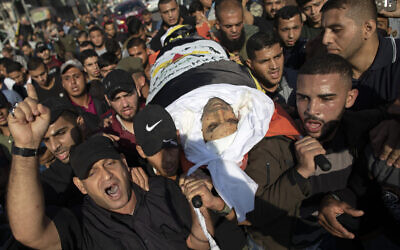
The group was founded in 1981 with the aim of establishing an Islamic Palestinian state in the West Bank, Gaza and all of Israel. It is designated a terrorist organization by the US State Department, European Union and other governments.
Tuesday’s killing of Abu al-Ata was the first high-profile elimination of an Islamic Jihad figure by Israel since the 2014 war in the Gaza Strip.
In a sign of the group’s rising clout, Islamic Jihad leaders paid their first independent visit to Cairo last month to meet with Egyptian intelligence officials, who serve as mediators with Israel. Abu al-Ata, who was a commander in the group’s armed wing, was part of that delegation.
The Iranian connection
Iran supplies Islamic Jihad with training, expertise and money but most of the group’s weapons are locally produced. In recent years it has developed an arsenal equal to that of Hamas, with longer-range rockets capable of striking the Tel Aviv metropolitan area in central Israel.
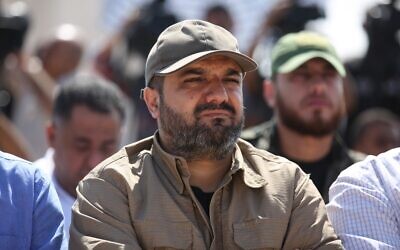
Though the terrorist group’s base is Gaza, its leadership is also based in Beirut and Damascus, where it maintains close ties with Iranian officials. Another alleged Israeli missile strike on Tuesday targeted Akram al-Ajouri, one of its top officials in Syria.
“He is the real direct connection between Islamic Jihad and Iran, on the one hand, and the person who gives instructions to the Gaza Strip on the other hand,” said Giora Eiland, a former head of Israel’s National Security Council.
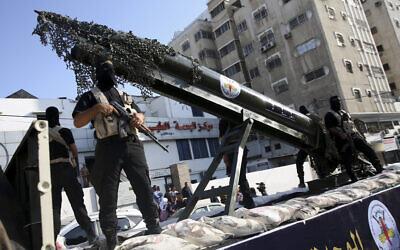
As Iran’s proxy, the terrorist group in Gaza is key to Tehran’s strategy of maintaining pressure on Israel on all fronts, said Kobi Michael, a senior research fellow at the Institute for National Security Studies, a Tel Aviv think tank. “In their eyes, any stabilization is something that strengthens Israel, and they don’t want that.”
Walking a tightrope
Since seizing power in 2007, Hamas has fought three wars with Israel, often with support from Islamic Jihad fighters.
But Hamas has largely upheld an Egypt and UN-brokered truce with Israel in recent months in an effort to improve conditions for the territory’s 2 million residents.
In recent months Islamic Jihad’s fighters have challenged Hamas by firing rockets, often without claiming responsibility, to raise its profile among Palestinians while Hamas maintains the ceasefire.
Hamas must now walk a tightrope between restraining Islamic Jihad’s fire at Israel and avoiding the ire of Palestinians if it cracks down on the group, Michael said.
“If Hamas will try to retaliate against the Palestinian Islamic Jihad, Hamas immediately will be accused that they are harming the national struggle against Israel,” he said,
Ultimately, Hamas will have the final say in how long — and how violent — this bout of fighting will persist.
Mkhaimar Abusada, a political science professor at Gaza’s al-Azhar University, said Hamas realizes “the situation in Gaza is disastrous and a military confrontation will bring very disastrous results.”
Are you relying on The Times of Israel for accurate and timely coverage right now? If so, please join The Times of Israel Community. For as little as $6/month, you will:
- Support our independent journalists who are working around the clock;
- Read ToI with a clear, ads-free experience on our site, apps and emails; and
- Gain access to exclusive content shared only with the ToI Community, including exclusive webinars with our reporters and weekly letters from founding editor David Horovitz.

We’re really pleased that you’ve read X Times of Israel articles in the past month.
That’s why we started the Times of Israel eleven years ago - to provide discerning readers like you with must-read coverage of Israel and the Jewish world.
So now we have a request. Unlike other news outlets, we haven’t put up a paywall. But as the journalism we do is costly, we invite readers for whom The Times of Israel has become important to help support our work by joining The Times of Israel Community.
For as little as $6 a month you can help support our quality journalism while enjoying The Times of Israel AD-FREE, as well as accessing exclusive content available only to Times of Israel Community members.
Thank you,
David Horovitz, Founding Editor of The Times of Israel


